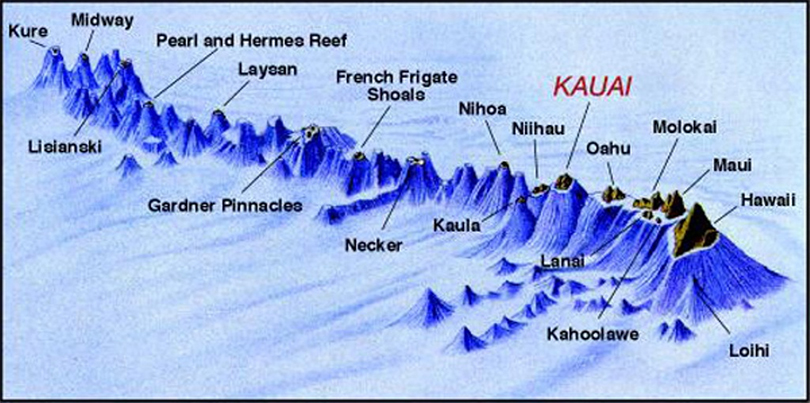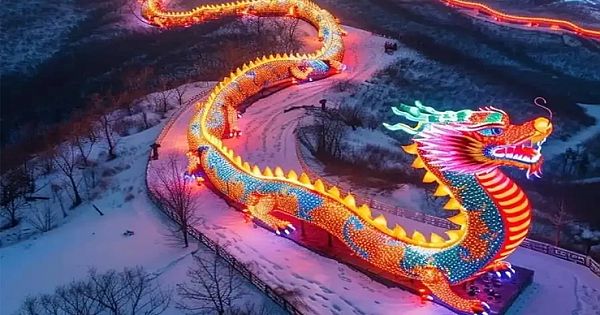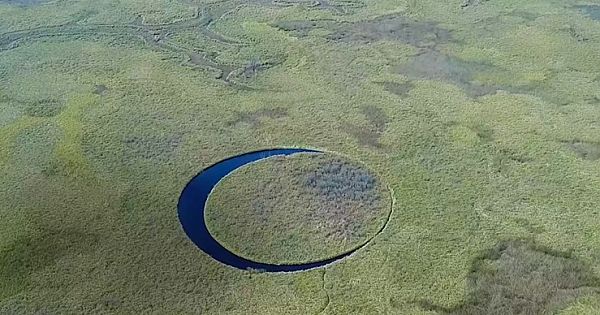The Underwater Geology Of The Hawaii Islands Is Just Astonishing
The Pacific Plate is moving northwestward at a significant rate – several centimeters per year. This constant plate movement over a local volcanic “hot spot,” or plume, has produced a chain of volcanic islands, one after another in assembly-line fashion. They go (really) by the name Hawaii.
The Kohala Mountains were the first to form by sitting over the 'hot spot' in the plate. However, as the plate shifted, so did the location of the rising magma, moving to Mauna Kea, Hualalai, Mauna Loa, and eventually Kilauea. And the process hasn't stopped since then! The newest seamount, named Loi'hi, is forming off the southeast coast of the Big Island right now (see second map above and read more about Loi'hi below). In another 50,000 years or so, it too may become the next Hawaiian island, or it may even join to become the sixth peak of the Big Island. Currently, only the volcanic remnants of Kohala are completely extinct, never to erupt again. The rest of the volcanoes on the Big Island aren't quite ready yet!




